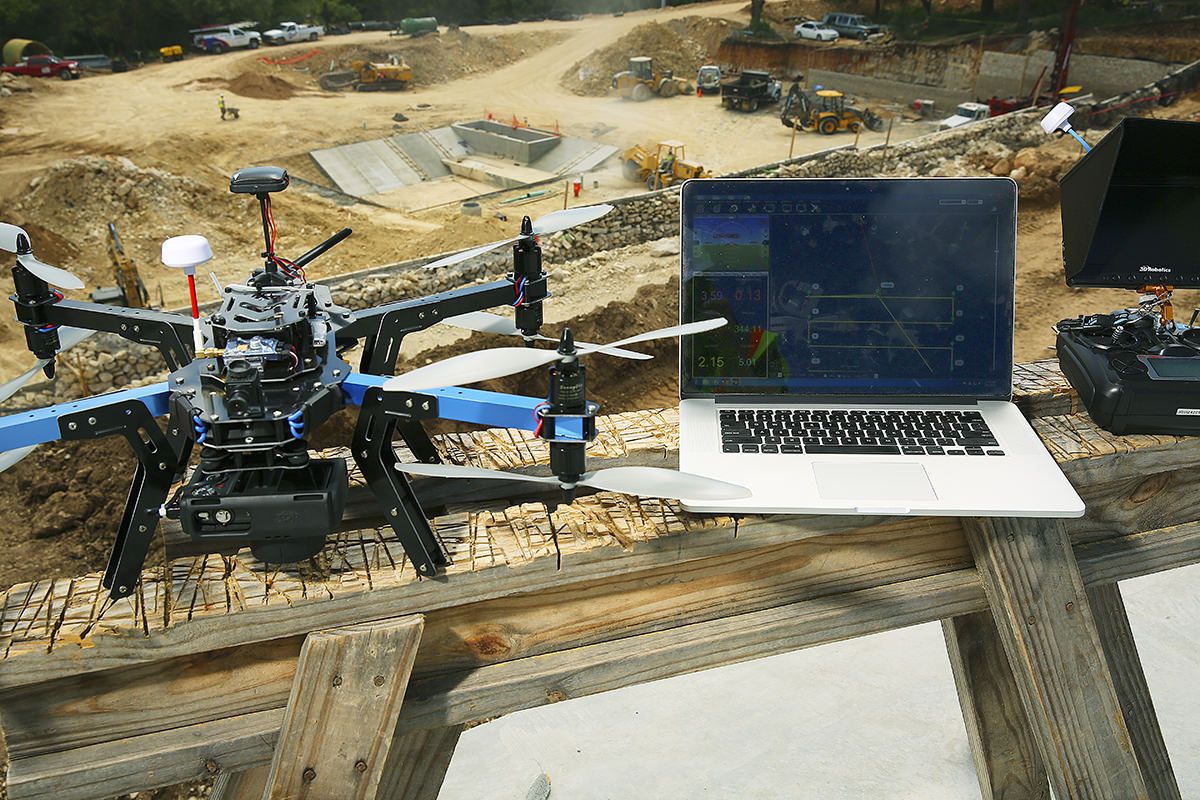In recent times, the construction sector has undergone some sort of dramatic transformation, supported by technological improvements that are reshaping just how projects are planned, executed, and checked. Among these innovations, drone surveying offers emerged as a game-changer, offering unmatched benefits in precision and efficiency. From providing detailed Drone Surveyors Gloucestershire to assisting real-time data selection, drones are reforming the way design professionals approach their own work, ultimately ultimately causing smarter decision-making plus cost savings.

As the demand for streamlined processes and improved precision grows, understanding the applications and features of drone surveying turns into increasingly essential. Whether you are a seasoned design manager or a newcomer for the business, grasping the fundamentals involving drone technology and its implications for surveying can supply an important edge. In this article, you will explore the outstanding impact of drone surveying on structure and delve in to various aspects, which includes its benefits, the technology behind it, and how it is set to condition the ongoing future of the business.
Positive aspects of Drone Surveying
Drone surveying offers numerous advantages that are transforming the construction landscape. One of the primary rewards is enhanced precision. Drones utilize sophisticated technology such as GPS and high resolution cameras, which allow them to capture precise data and generate detailed maps. This specific increased accuracy reduces errors which could happen with traditional surveying methods, ultimately causing a lot more reliable project final results. Additionally, the capacity to conduct surveys in a smaller timeframe allows tasks to move front more proficiently.
Cost savings are another significant benefit associated along with drone surveying. Applying drone technology can reduce labor expenses and the requirement of expensive equipment typically required for standard surveys. Drones may cover large places quickly, collecting files without the extensive personnel historically needed with regard to ground surveys. Subsequently, the reduced time and resources lead to lower overall task costs, making drone surveying an appealing strategy to construction organizations seeking to improve their particular bottom line.
Moreover, drone surveying enhances basic safety on construction websites. Drones can entry difficult or hazardous areas without getting surveyors at risk. This capability is definitely particularly invaluable inside situations where ground is challenging or perhaps when surveying present structures with possible safety concerns. By minimizing the need for personnel to be able to work in risky locations, drone surveying not only protects workers but also ensures that info collection is in depth and thorough without having jeopardizing safety standards.
Comparing Surveying Methods
Traditional surveying methods have been the cornerstone associated with land measurement with regard to many years. Methods such as theodolite measurements and total station surveys need skilled personnel in order to establish precise items and gather data manually. This method could be time-consuming and labor-intensive, often causing delays and increased costs for structure projects. Additionally, classic methods are limited by weather conditions and even can fight to cover up large areas efficiently.
Inside of contrast, drone surveying has introduced some sort of revolutionary method to data collection. Drones prepared with advanced cams and sensors can easily capture vast quantities of information over significant terrains from substantial altitudes. This aerial perspective not only increases coverage but also allows regarding better measurements plus detailed mapping without having the constraints experienced by traditional approaches. try these out to be able to collect data quickly enables faster task timelines and a lot more informed decision-making.
Moreover, the integration of cutting-edge technology in drone surveying contributes drastically to the accuracy and reliability and reliability involving data. Drones influence GPS along with other setting technologies to produce high resolution maps and THREE DIMENSIONAL models with minimum human input. This kind of level of finely-detailed is challenging to accomplish with manual approaches, enhancing the general quality of surveys online. As being the construction business is constantly on the adopt drone technology, the comparison between traditional approaches and drone surveying becomes increasingly advantageous for efficiency plus effectiveness.
Future of Drone Technological innovation
Typically the future of drone technology in typically the construction industry is usually poised to provide even greater innovations that can dramatically enhance the efficiency plus accuracy of projects. With advancements inside artificial intelligence and even machine learning, drones are required to come to be more autonomous, allowing for real-time files collection and research without the regular requirement for human input. This will likely not just streamline workflows although also reduce the margin for error, ultimately causing safer and even more effective structure processes.
Moreover, the integration associated with drones with other rising technologies, for instance Making Information Modeling (BIM) and augmented reality, will offer job managers and engineers unprecedented insights into their projects. By merging aerial data taken by drones with detailed 3D types, construction teams will monitor progress, picture potential issues, and make informed decisions faster than ever prior to. This synergy involving technologies will improve collaboration among stakeholders and drive job success.
Finally, as polices around drone utilization continue to advance, we can expect broader acceptance and even integration of drone surveying across different sectors. The lawful frameworks will likely conform to permit more advanced applications of drone technology, including beyond visual line regarding sight operations plus increased payload capabilities. This will open new possibilities intended for construction, including enhanced site inspections repairs and maintanance procedures, ensuring that will drones will continue to be a vital component of the construction surroundings for a long time to come.
